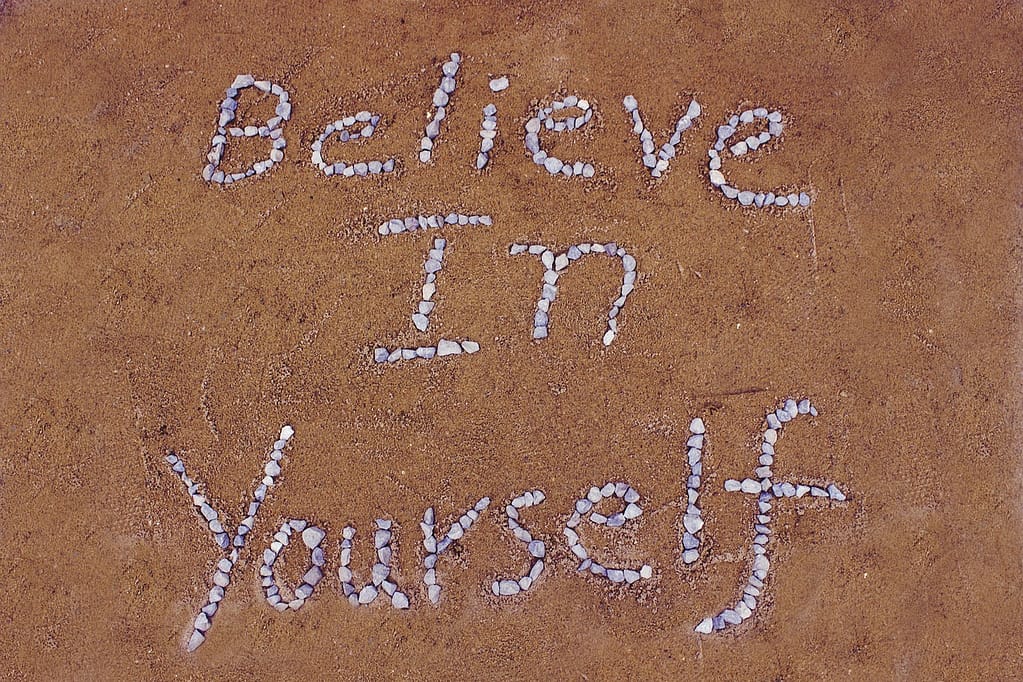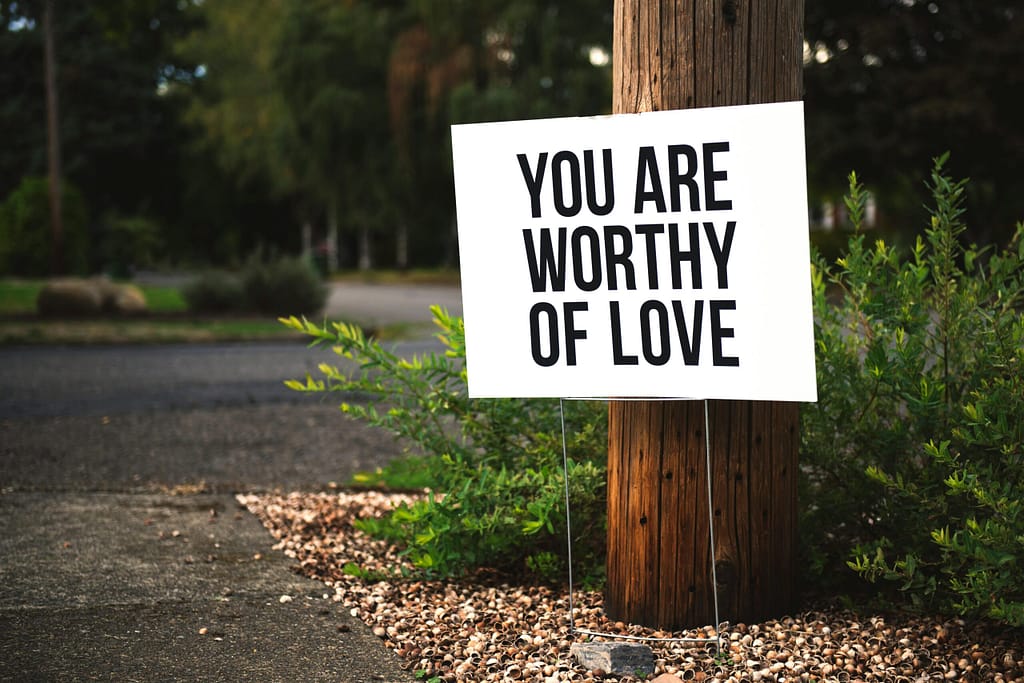Thriving as an Introvert in a Busy World
Thriving as an Introvert in a Busy World: 5 Strategies for Finding Your Calm Are you an introvert who often feels overwhelmed by the constant demands and noise of our modern world? Do you crave quiet and solitude but feel pressured to be constantly “on”? You’re not alone. **Thriving as an introvert** in a world that seems designed for extroverts can feel like an uphill battle. But it doesn’t have to. This post is for you. As a certified life coach, I want to share practical strategies you can use not just to survive, but truly *thrive* by embracing your introverted nature and finding your own unique path to well-being. 1. Understanding Your Introverted Needs The first step is understanding what *realy* fuels you and what drains you. It’s not about being shy or antisocial; it’s about how you recharge your energy. Introverts gain energy from spending time alone in quiet reflection, while extroverts gain energy from being around other people. Take some time to identify your specific needs. What activities leave you feeling refreshed and centered? What situations leave you feeling depleted and overwhelmed? Knowing these answers will empower you to make intentional choices about how you spend your time and energy. For instance, you might realize that attending large social gatherings leaves you drained, but spending an afternoon hiking in nature revitalizes you. This awareness allows you to prioritize activities that nourish your soul. 2. Creating Boundaries and Protecting Your Energy Once you know your needs, you can start setting boundaries. This is crucial. Saying “no” isn’t selfish — it’s self-care. It’s about respecting your limits and prioritizing your well-being. Learn to politely decline invitations that don’t resonate with you. Communicate your need for quiet time to your loved ones. Create physical and mental space for yourself each day. This might involve designating a “quiet zone” in your home, scheduling regular breaks throughout the day, or simply informing your family that you need an hour of uninterrupted time to recharge. Remember, you can’t pour from an empty cup. By honoring your need for solitude, you’ll have more energy and capacity to engage with the world in a way that feels authentic and sustainable. 3. Finding Introverted Strengths at Work Many workplaces favor extroverted traits like assertiveness and constant collaboration. However, introverts bring valuable strengths to the table, such as deep thinking, careful planning, and excellent listening skills. Leverage these strengths to your advantage. Seek out roles that allow you to work independently or in small teams. Carve out time for focused work, away from distractions. Prepare thoroughly for meetings so you can confidently share your ideas. Don’t be afraid to speak up, but choose your moments wisely, focusing on quality over quantity. Remember, your thoughtful contributions are just as valuable (if not more so) than louder, more frequent contributions. 4. Building Meaningful Connections **Psychology Today** offers in depth insights into introverts and their relationships. It’s a myth that introverts don’t enjoy social interaction. It’s just that we prefer deeper, more meaningful connections with a smaller circle of people. Focus on building quality relationships with individuals who understand and appreciate you. Nurture these connections through thoughtful conversations, shared activities, and genuine support. Don’t feel pressured to befriend everyone. A few close, authentic relationships are far more fulfilling than a large network of superficial acquaintances. Prioritize those who make you feel seen, heard, and understood. *** **Case Study: Jolie’s Journey** Jolie, a talented software engineer, came to me feeling burnt out and overwhelmed. She worked in a fast-paced, open-plan office and felt constantly bombarded by distractions and social expectations. She felt pressure to participate in team-building activities, even though they drained her. Through coaching, Jolie realized she was neglecting her introverted needs. We focused on setting boundaries, creating a dedicated workspace at home for focused work, and communicating her needs to her manager. She also learned to leverage her deep thinking skills to solve complex problems, becoming a respected resource for her team. Over time, Jolie felt more energized, confident, and fulfilled. She realized that **thriving as an introvert** wasn’t about changing who she was, but about creating an environment that supported her unique strengths and needs. *** Coach Insights Block As a coach, one thing I often witness is the immense pressure introverts put on themselves to conform to extroverted ideals. They feel like they need to be more outgoing, more assertive, more *visible*. But the truth is, your introversion is a superpower. It allows you to see the world in a unique and insightful way. Embrace it, nurture it, and let it guide you toward a life that is both fulfilling and authentic. Conclusion **Thriving as an introvert** in a busy world requires awareness, intention, and self-compassion. By understanding your needs, setting boundaries, leveraging your strengths, and building meaningful connections, you can create a life that honors your introverted nature and allows you to flourish. It’s a journey, not a destination, so be patient with yourself, celebrate your progress, and remember that you are perfectly okay just as you are. The **Quiet Revolution** promotes the strengths of introverts, reminding us of our unique and valuable contribution to their families, businesses, and communities. Embrace it. Book your Free Discovery Session Today. Your growth starts now.
Thriving as an Introvert in a Busy World Read More »








